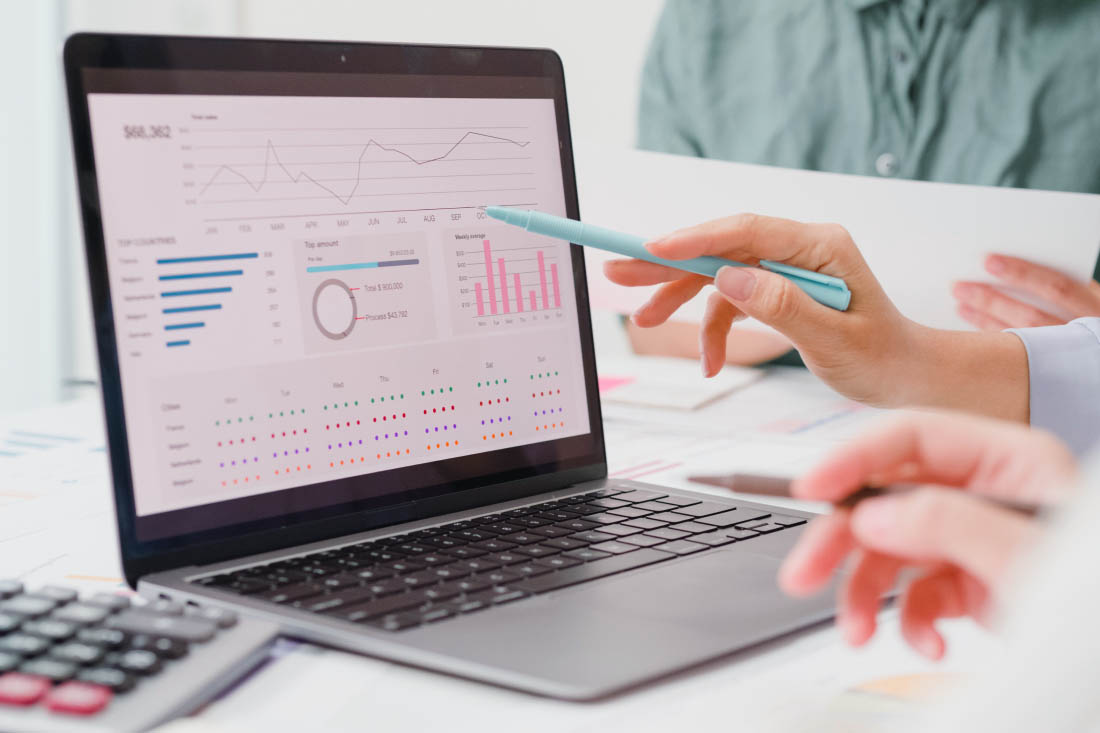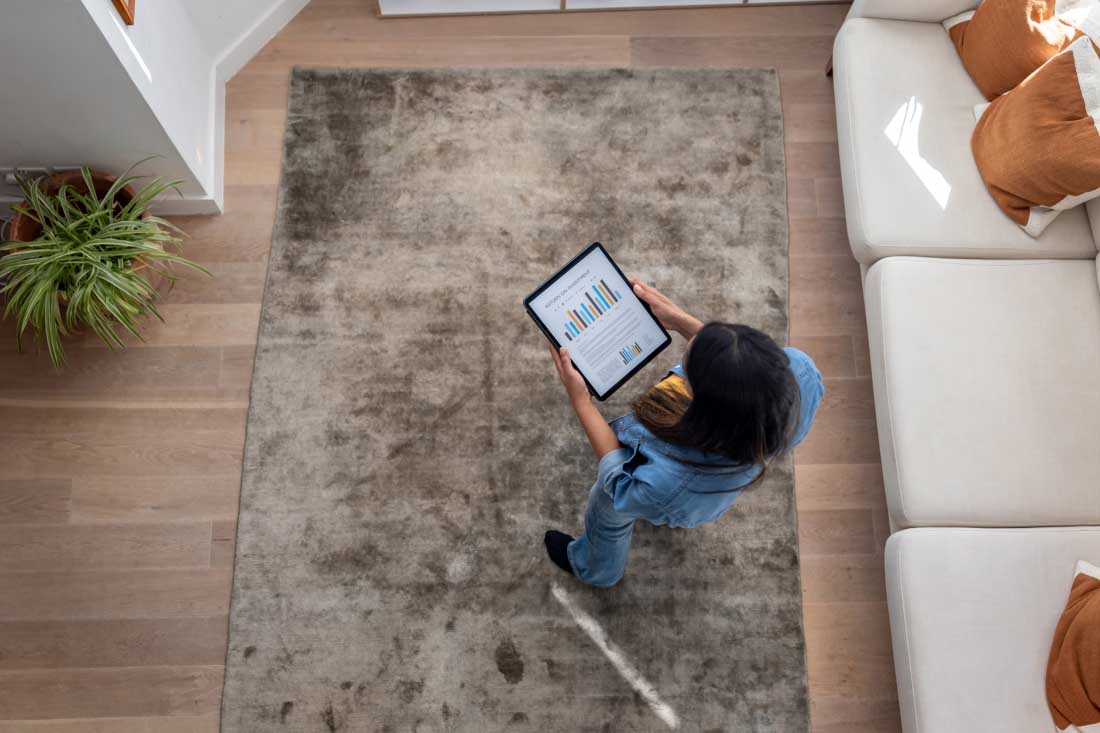Employee monitoring isn’t new, but it’s changed a lot in recent years. Once viewed as a workplace surveillance tool to track employee activities and locations, these solutions are no longer just for monitoring — they also help companies improve productivity, enhance well-being, boost security and even reduce operational costs.
Let’s explore the eight most important trends shaping the future of employee monitoring and what they mean for your business.
1. Increased use across industries
The employee monitoring software market is growing fast. Global demand increased by an astounding 75% as recently as 2022, and the market is projected to reach $1.5 billion by 2032. In fact, just 9% of surveyed IT pros say their organizations don’t monitor employees at all.
Much of that growth is fueled by the shift to hybrid work models and, in some instances, the productivity paranoia that accompanies it. Eight in ten leaders say remote work makes it challenging to feel confident employees are being productive, so they track habits and keep tabs on hour-by-hour activity. More than 70% of managers go even further, storing recordings of employee emails, calls and messages to use in performance evaluations.
However, additional data suggests true success happens when organizations take a much different approach. Instead of simply tracking remote teams, they use software to power employee productivity. This growing trend is leading to more data-driven decisions — the kind that led to $4.2 million in productivity gains and 4x ROI.
2. Greater focus on employee well-being
It’s not just the software you use that matters. How you use employee monitoring applications is the difference between a workforce that thrives and employees who struggle. More than half of monitored employees feel tense or stressed out at work, and many take fewer breaks. The end result is overwhelm, burnout, lowered performance and, ultimately, turnover. In fact, 46% of tech workers say they’d quit their jobs if their organizations started tracking keystrokes or taking screenshots.
But use your software to promote work-life balance and well-being, and you’ll experience a much different outcome. More than 90% of workers are open to data collection if it opens the door to more benefits, and 61% would exchange monitored data for more customized learning and development opportunities.
For this reason, a growing number of organizations are turning to employee monitoring to discover new ways to support people. They also use it to identify unbalanced workloads, excessive work hours and other early warning signs of burnout in real time.
3. More use by employees themselves
One especially interesting employee monitoring trend is happening among employees themselves. Some platforms offer personal insights dashboards, and a growing number of employees are using them. These reports provide private views of how people spend their time and what they can do to build healthier work habits. Team members see how their daily activities compare to peers, what times of day they’re most productive and even when they need to take more breaks to avoid burning out.
This helps explain why 31% of surveyed workers say their job satisfaction has increased as a result of having their online activity monitored — and why companies that use workforce analytics report 24% higher retention rates than those that don’t.
4. Replacement of traditional badging systems
Did you know 20% of workers don’t badge in when entering the workplace? Relying on badge activity provides an incomplete picture of office occupancy rates — and zero insight into other dimensions of workplace performance. Instead, a growing number of organizations are implementing employee monitoring software.
The reason? Some platforms provide location-based insights that are more accurate than traditional badging systems. In addition to calculating office space usage, these solutions boost the visibility of hybrid and remote employees. They show not only which work environments people prefer but also where they’re most productive — whether at home, in the office or at a coffee shop down the street.
5. Changing laws
From Connecticut to Colorado, the list of states with monitoring laws continues to grow. Some regulations are modeled after the General Data Protection Regulation (GDPR). Others take additional measures to protect privacy. And most require employers to provide notice to employees when their online activity is tracked.
As these laws continue to change and expand, it’s up to business leaders to identify any legal requirements that apply to your jurisdiction and industry. Better yet, look for an employee monitoring tool designed to support compliance and help ensure you’re abiding by the latest laws.
6. Using data to test new initiatives
Most companies track time spent on different activities to monitor compliance and guide policies. But many are now turning to employee monitoring for another reason: To test new ideas.
Wondering if your organization would benefit from a four-day workweek? Considering adopting more flexible work arrangements? Monitoring real-time employee activity allows you to test each change with a few teams first, then analyze the change management data to understand its impact. If the change proves successful, you can roll it out across the team or company. If the initiative didn’t have the intended effect, you can make adjustments and continue testing until you feel confident about a widespread rollout.
7. Protecting privacy in a BYOD world
Once upon a time, people came into the office to work on corporate laptops plugged into the company network. Now 70% of employees use their own devices, and the implications for employee monitoring are huge. While it’s fine to use monitoring software for these team members — after all, most do — companies are now having to adapt monitoring policies to suit a BYOD era.
Modern monitoring policies need to protect user privacy and ensure only work activity is being monitored on personal devices.
This is yet another reason transparency and trust are so important. The last thing you want is to make employees feel like you’re spying on them or invading their privacy. Using facial recognition and capturing personal conversations doesn’t just increase your risk of noncompliance penalties and fines. It also hurts your credibility with the very people you’re looking to support.
8. More emphasis on data protection
IT teams have long used authentication and encryption to protect data. But lately, many are leveraging additional software to monitor suspicious activity. With nearly 68% of data breaches caused by human error, security teams need all the help they can get when it comes to identifying risky behaviors.
One way employee monitoring software helps is through activity alerts. For example, a solution like ActivTrak allows you to create custom alarms that trigger when someone engages in unauthorized file sharing or an alarming number of USB transfers.
Stay ahead of employee monitoring trends with ActivTrak
Wondering if you’re doing employee monitoring right? ActivTrak is here to help. As the market’s most awarded employee productivity monitoring solution, our platform keeps you ahead of the latest trends. More than 9,500 customers use it to improve well-being, increase security, guide policies and more. Request a demo to discover a robust set of employee monitoring features you can start using today.





